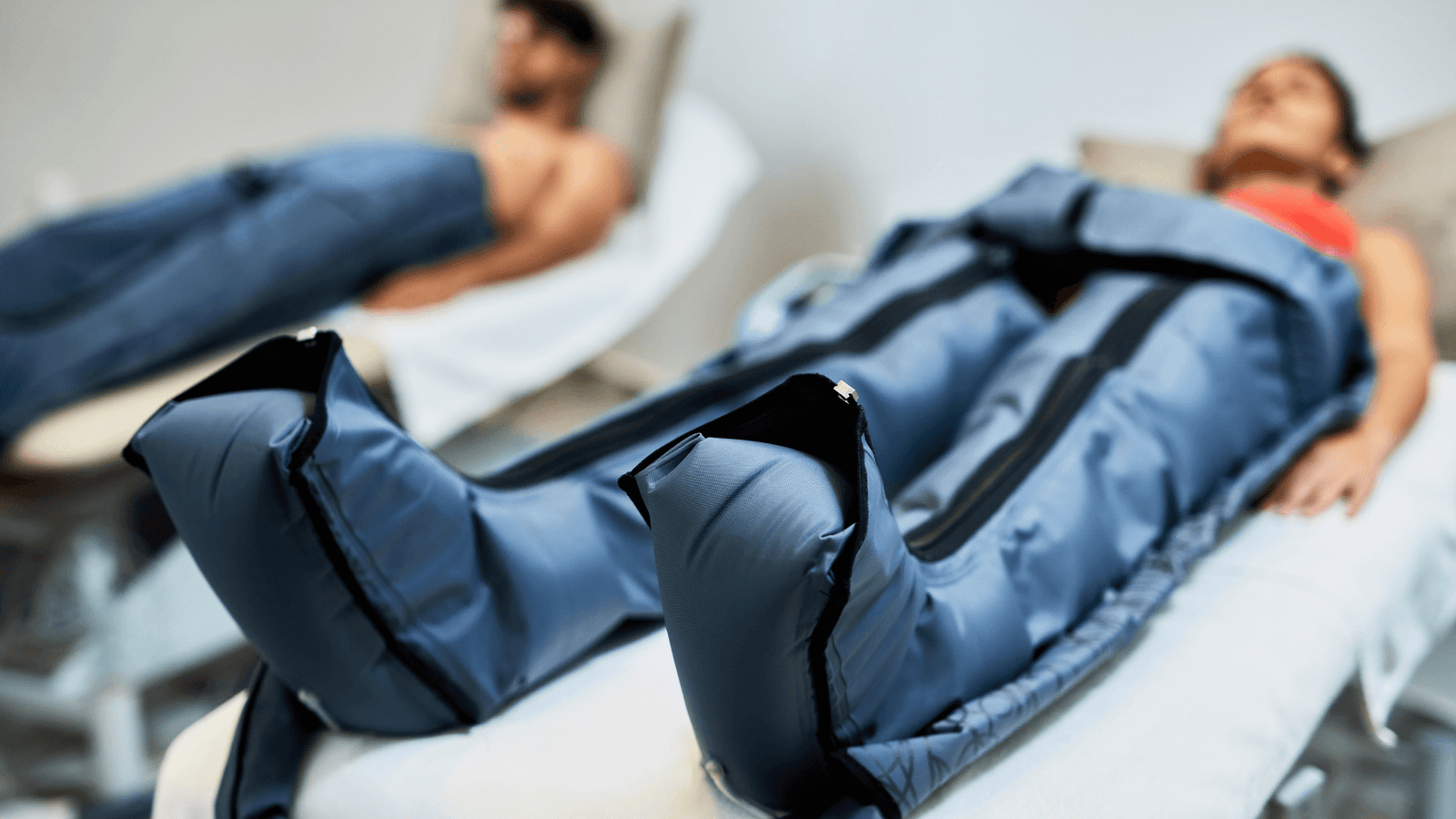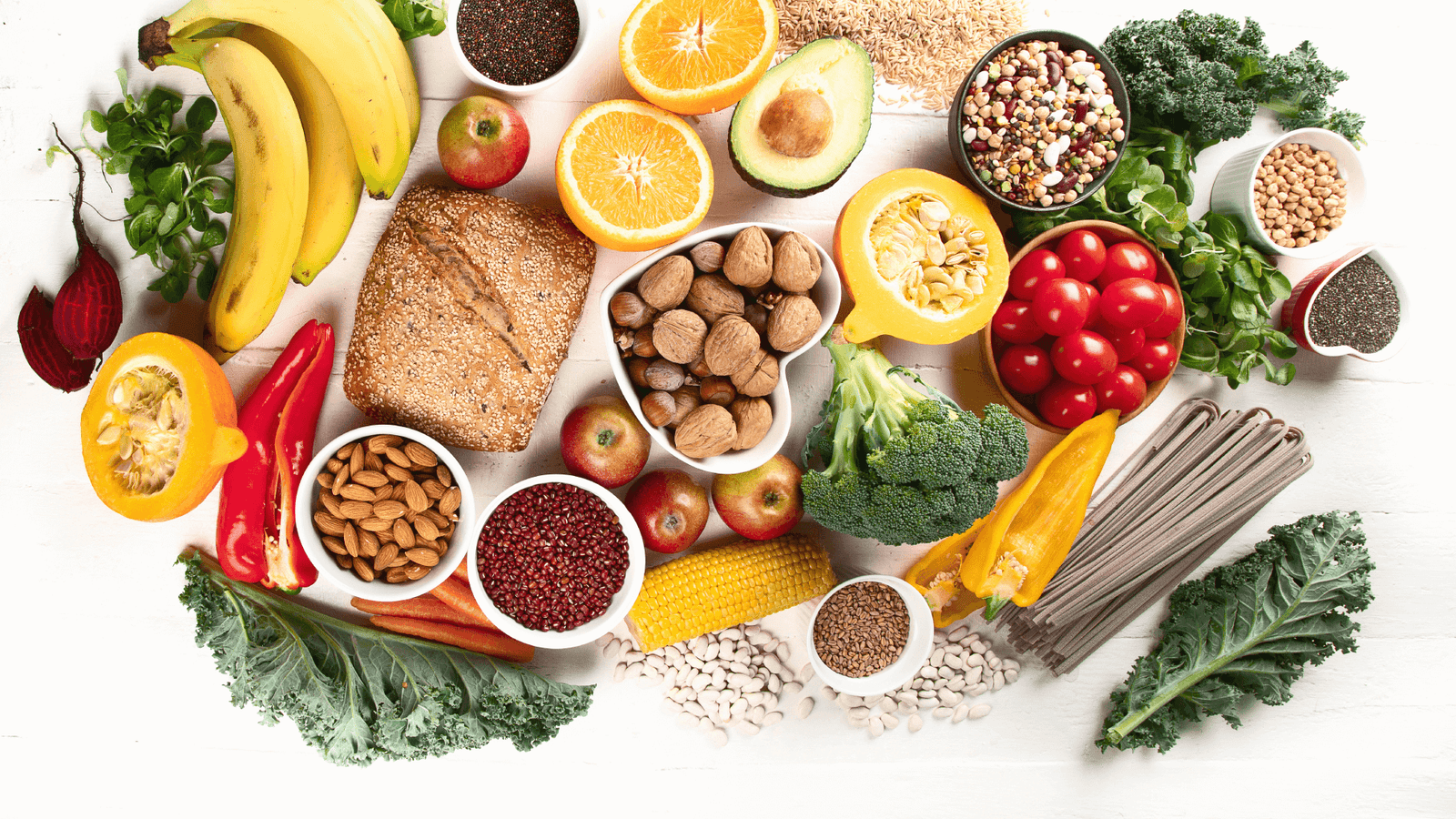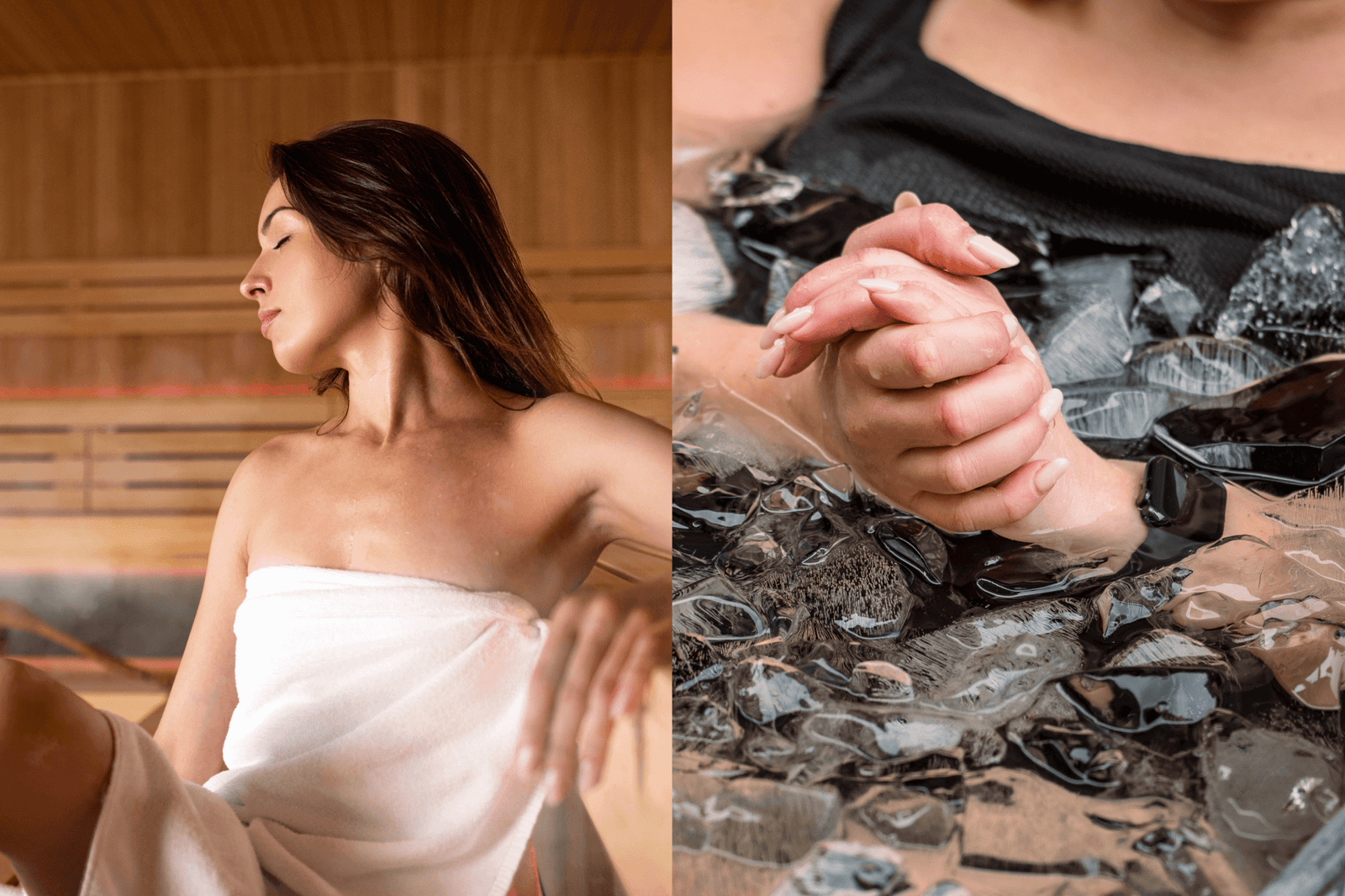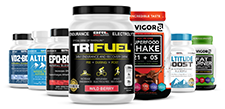How Long Does It Take to Increase EPO Naturally?

Picture this: you’re training for your next big race, and not quite recovering between workouts like you used to.
You’ve heard that EPO could be a real-world panacea for endurance athletes, and you’re intrigued . . . but you refuse to do anything that could harm your overall health or compromise your ethics.
If you’ve ever been in this type of situation before, we have good news: you can increase your body’s EPO levels naturally. Keep reading to learn how you can increase your EPO — 100% naturally — in as little as a week.
- What is EPO? EPO 101
- How does EPO Work?
- How to increase your EPO levels 100% naturally
- Working out (maybe)
- Eating well
- EPO Boost
What is EPO? EPO 101
EPO (or erythropoietin) is a hormone your body produces every day. EPO’s role? Once released it stimulates the production of red blood cells, or RBCs. EPO helps your body adapt to the demands of strenuous exercise, high altitude living, or both — by keeping your blood oxygenated.
Erythropoietin is a glycoprotein produced by your kidneys, primarily in the kidney’s renal cortex. (Smaller amounts are also produced in the liver, brain, and uterus.) This process is called erythropoiesis. Structurally speaking, EPO is characterized by its 165-amino acid-strong chemical makeup.
While most people’s bodies produce enough EPO to meet their energetic demands, certain groups may not:
- Those who are new to higher-altitude living
- Those who have recently had blood transfusions
How does EPO work?
Erythropoietin production is closely tied to metrics like hematocrit, hemoglobin, and more. If this all seems confusing, feel free to think of it this way:
- EPO is a hormone that increases red blood cells (RBC’s)
- Hematocrit is the RBC percentage of your blood
- Hemoglobin is a protein found within RBCs
After it’s been produced in the kidneys, EPO travels into your bone marrow and stimulates the production of red blood cells. These RBC’s, in turn, increase the body’s blood-oxygen carrying capacity. This boost increases a variety of sports-related factors, including:
- Endurance performance
- Workout recovery
- Lactate threshold
- Stress tolerance
But higher erythropoietin levels and oxygen levels aren’t necessarily better. An overabundance of red blood cells can literally thicken the blood too much, resulting in potential complications. 1996 Tour De France winner Bjarne Riis is said to have had such high hematocrit levels that he had to wake up each night and hop on a stationary bike to get his sludgy blood moving. This type of blood doping can cause harsh side effects and even increase one’s risk of heart attack. Not good!
How to increase your EPO levels 100% naturally
Now for some good news: there’s no need to take exogenous EPO to boost your athletic performance. You can encourage your body to produce more endogenous EPO instead.
How? A clue is found by looking at how red blood cells are actually produced. The average RBC works its magic for 120 days, during which time it requires a steady supply of B vitamins, iron, vitamin C, and more. Any deficiency in any of these nutrients may reduce red blood cell count. [1]
With these basics established, let’s look at how to experience a natural EPO boost.
- Working out (maybe)
- Eating well
- EPO Boost
Working out (maybe)
Can you compel your body to produce more EPO just by working out? It’s complicated. Most types of exercises aren’t able to boost EPO, at least not in the long run, because the exercise-adaptation curve is self-regulating.
One exception to this rule might be supra-VO2max intervals. A 1999 study found that 3 minute intervals at 106+% of VO2 max — basically, all out — could upregulate serum erythropoietin concentrations by 19-37%. It appears that occasionally training hard enough to induce mild hypoxia is the best way to boost EPO. This type of hypoxic training, of course, should be supplemented with plenty of endurance training and recovery time! [2]
Eating well
EPO generation requires calories, protein, and plenty of nutrients. Studies indicate that endurance athletes should consume between ⅔’s and ¾’s of a gram of protein per pound of body weight. Some studies have shown that low-calorie diets can slowdown EPO production, too, so be sure to eat plenty of real food!
One of the most important nutrients, especially for female athletes, is iron. You can get access to easily-absorbable heme iron from egg yolks, red meat, and organ meats. Iron supplementation may be a good idea in rare cases.
EPO-Boost
If you’ve already dialed in your training, diet, and sleep and arestilllooking for an edge . . . consider EPO-Boost. EPO-Boost contains clinically-backed herbs and compounds that increase your EPO naturally. Some people notice the difference in only a week!
Here are the key ingredients that make EPO-Boost tick:
- Echinacea
- RBC-boosting nutrients
- Iron-rich nutrients
- Antioxidant nutrients
Echinacea
Each serving of EPO-Boost provides you with 8 grams of echinacea purpurea. Why 8 grams? Because this amount is shown to increase EPO production in athletes by 44% within 4 weeks. [3]
RBC-boosting nutrients
EPO-Boost provides all the nutrients essential for proper red blood cell production, including folate, iron, boron, and vitamin B-12.
Iron-rich nutrients
EPO-Boost also contains high-iron herbs, including dandelion and yellow dock extract. It also features synergistic nutrients like vitamin C to help your body absorb the iron you’re already eating.
Antioxidant nutrients
Chronic inflammation can get in the way of your body’s RBC production, which is why EPO-Boost also contains antioxidant nutrients like lycopene and lutein.
You can read more about the ingredients that power EPO-Boost here.
How long does it take to increase EPO naturally? Summing things up
If you’re ready to break through plateaus and bring your workout performance to a new level . . . it’s probably time to change things up.
Combine EPO-Boost with strategic workouts and nutrients to supercharge your EPO levels in less than 4 weeks. Based on the research we have available — and on reports from customers — every week with EPO-Boost is better than the last.
Sources
- Annals of hematology. Concise review: how do red blood cells born, live, and die?
- Journals of sports sciences. Erythropoietin concentration and arterial haemoglobin saturation with supramaximal exercise.
- BRL Sports. ECHINACEA INCREASES ERYTHROPOIETIN, VO2MAX, AND RUNNING ECONOMY
As a former pro cyclist and current writer + wellness coach, Thomas has been immersed in the endurance sports world for most of his life. He holds records as the youngest-ever winner of the Junior Tour of Ireland and a member of the US’s fastest-ever team pursuit. He’s written for global health & wellness companies, pioneering fitness companies, and now, for BRL Sports. He doesn’t just write about these topics — he’s lived them!
Take the next step in your training regimen: Try any BRL Sports supplement risk-free! If our natural nutritional products aren’t the best you’ve ever used, simply return your purchase for a 100% refund — no questions asked!
Also in Inspiration & Perspiration

Compression Therapy: Is the Juice Worth the Squeeze?
Recover faster and train harder—learn how compression therapy boosts circulation, eases soreness, and speeds muscle repair.

Race-Day Energy and Post-Race Repair: The Ultimate Carb/Protein Blueprint
Fuel smarter, recover faster—learn the ideal carb-protein mix to power your workouts and speed post-race recovery.

Ice Baths vs. Saunas: Your Next Recovery and Performance Hack
Discover whether heat or cold gives you the recovery edge—sauna or ice bath, which boosts performance best?


